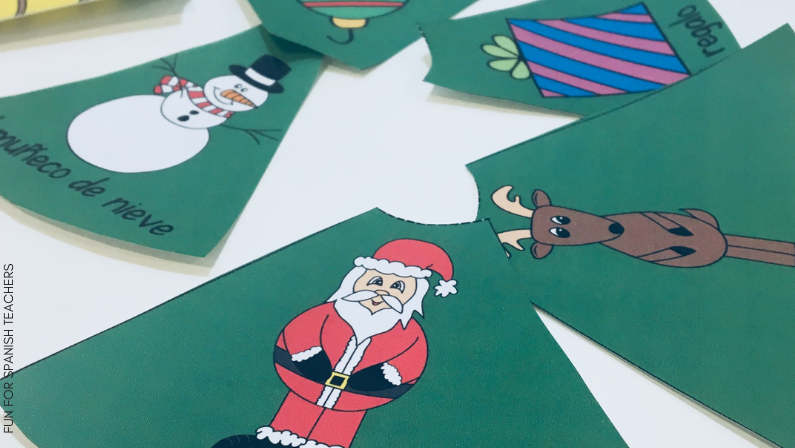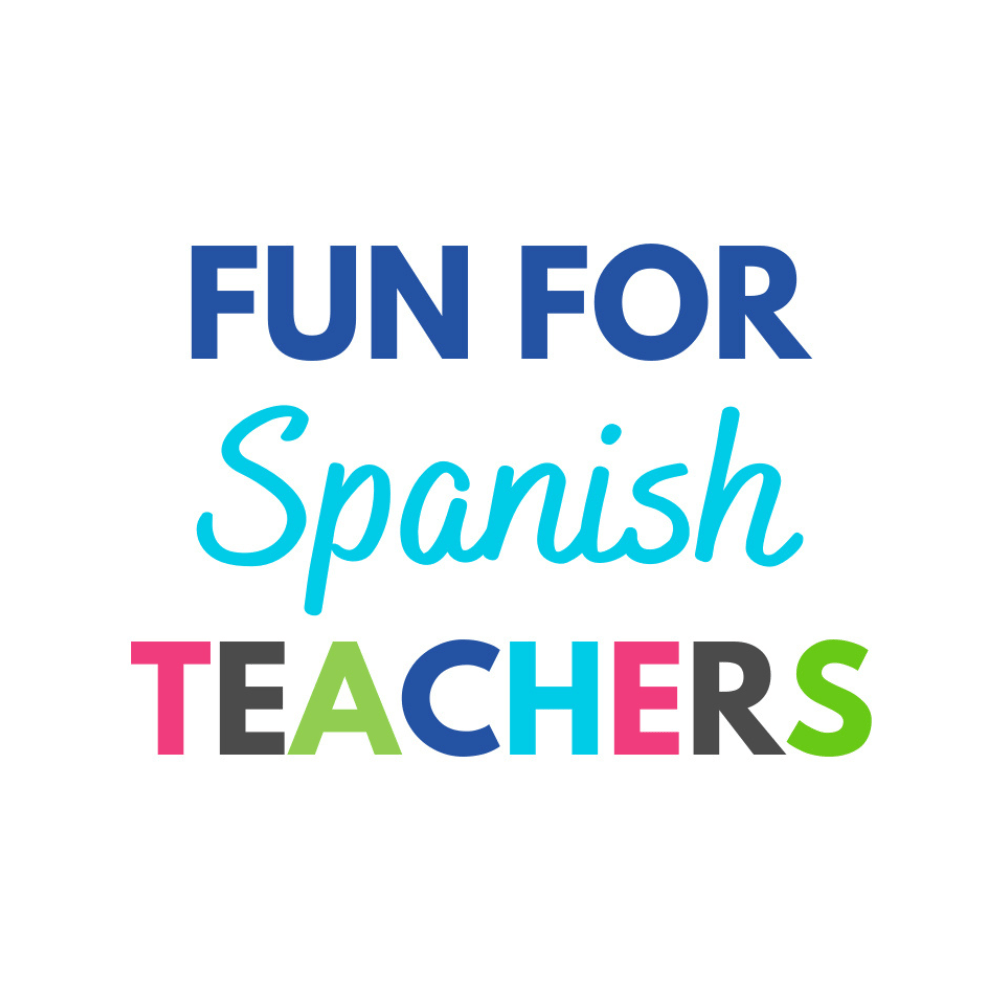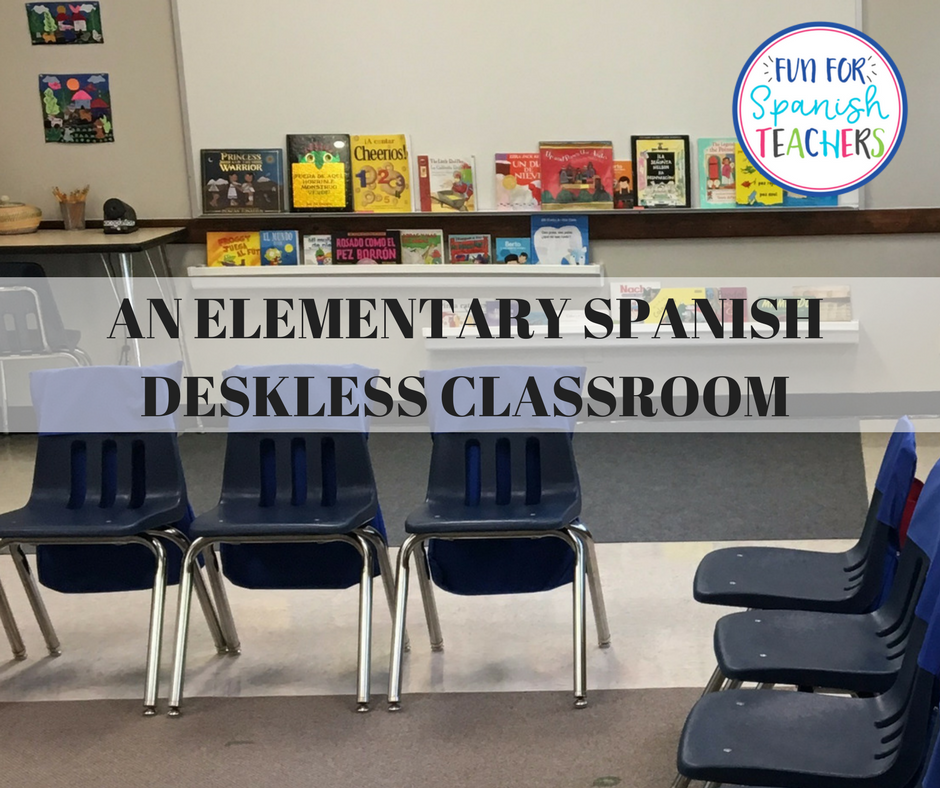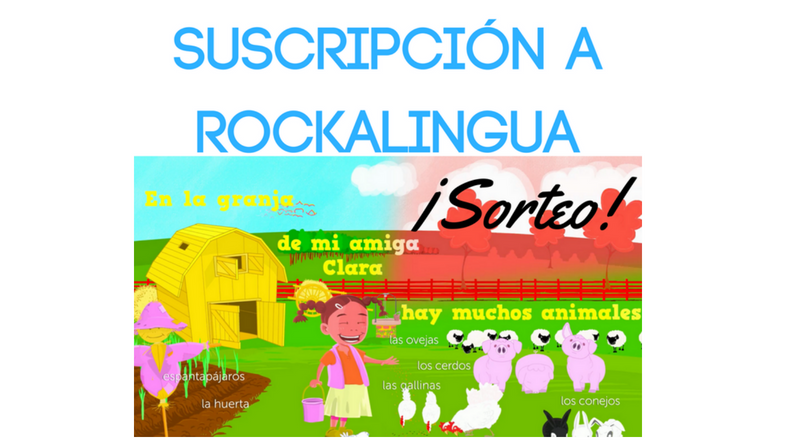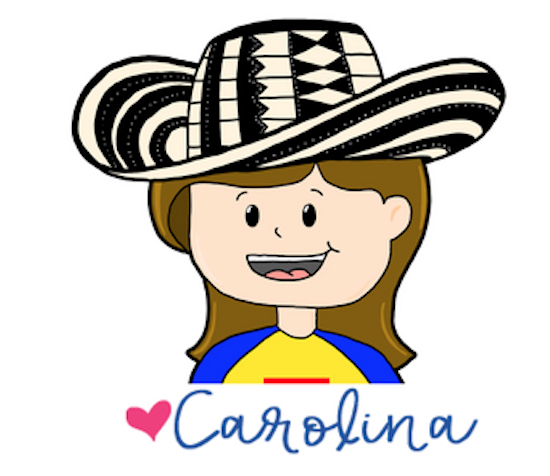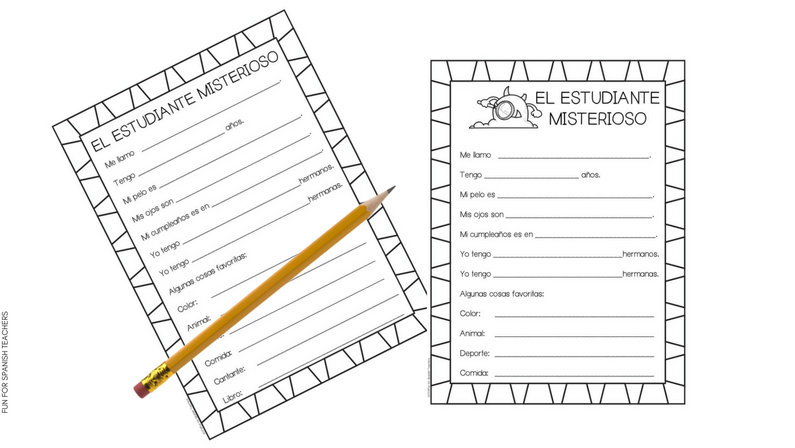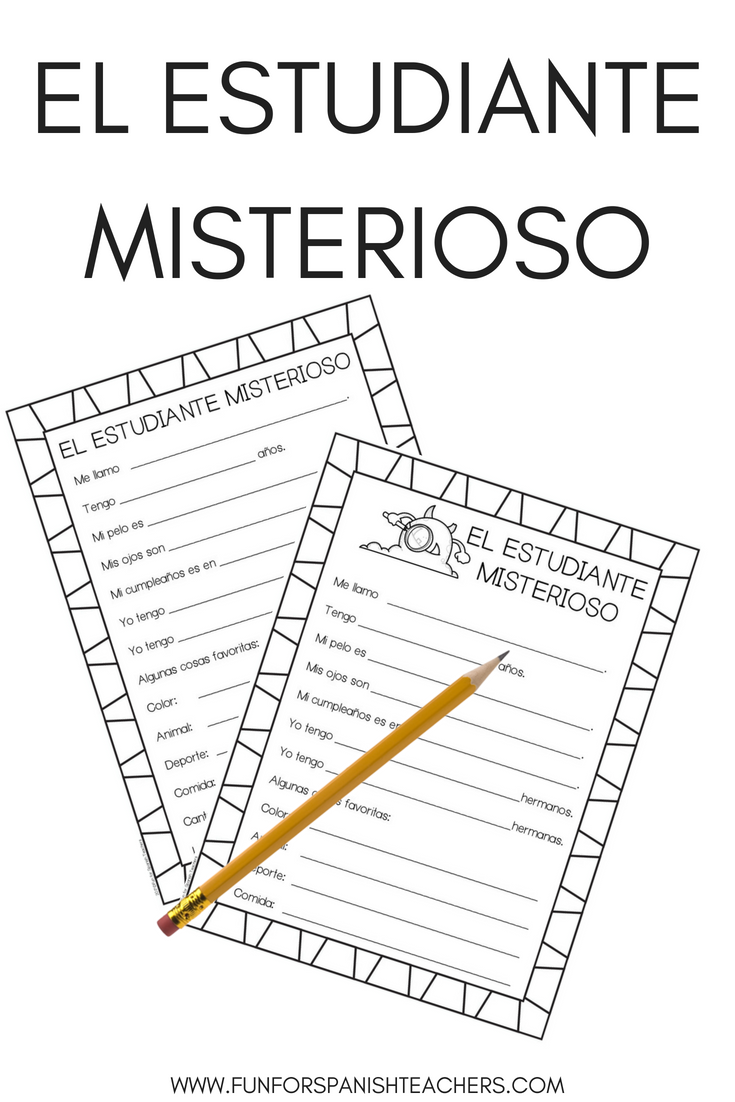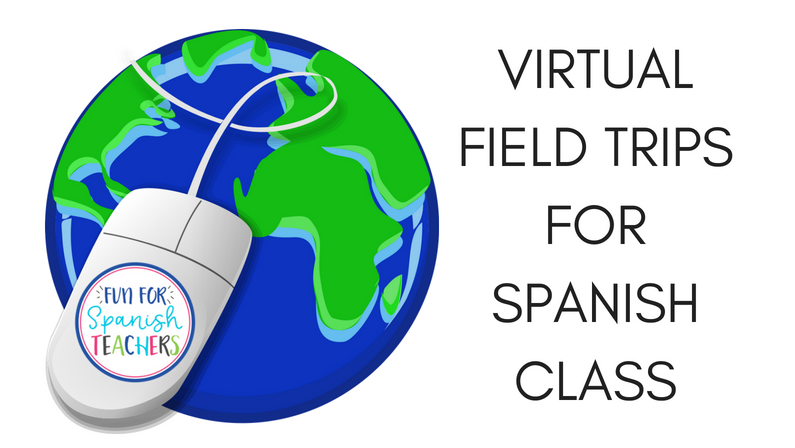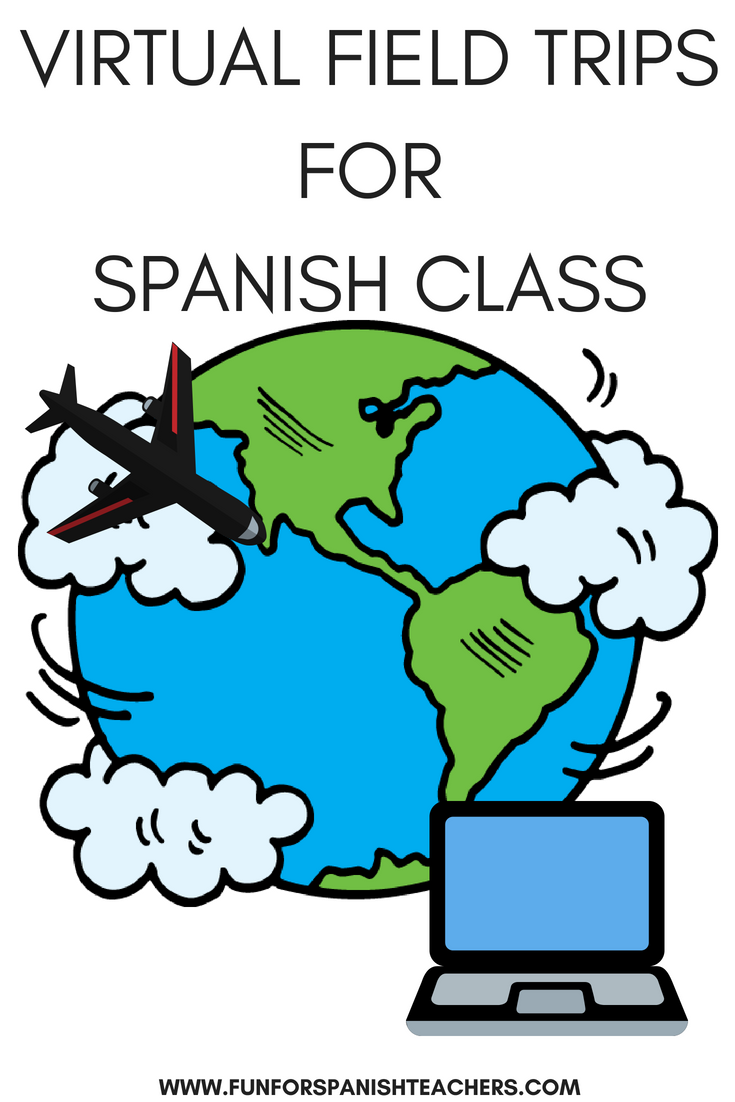I hope everyone is having a great school year so far! This will be my 4th week with students. We spent the first week and a half making it a safe place for our students, getting to know to know one another and giving them a chance to get to know the space. I teach K-5, and this week was my first full week with my K students. Everything is so new for them that our school principal and their teachers feel that for specialists to start teaching them subject material from day one could be terrifying! I love this new approach of getting to know our students before we dive into our curriculums.
I have been working on classroom routines, classroom rules and encouraging them to use hand signals when we are in class. I have decorated my classroom with some input for them but will be adding more little by little. I feel that it doesn’t make sense for me to fill every space on the walls of my classrooms with signs that they don’t yet understand, and I know I am not in need of them yet.
I have been making some changes around the room according to the needs of my students. I have a deskless classroom. My K-2 students sit on the rug, and grades 3-5 have assigned seats. Each chair has a pocket where we keep our notebooks and pencils. That saves me time when we do writing activities.
I have a calendar, but I mostly use an online version projected on the board. The online version of the calendar has links to guess the day’s temperature in different Spanish countries.
I have about 115 students, so this poster has been helpful to remember dates. Every month we change it, and the children quickly write their name and date of their birthday.
I have a class list and have assigned a number to each of my students in each grade. I use these popsicle sticks (not a new idea!) to choose participants in the different games we play, since sometimes it is hard to choose. Students also have the choice to say “paso” to indicate “I pass.”
I added a reading corner to my classroom. I haven’t use it yet, but I plan to add copies of the TPRS® stories we do this year. I have some students who are heritage speakers, so I think they could benefit from other stories as well.
I also like comparing the time zones in different countries. I have a clock that shows Colombia, one for Austin and one for Equatorial Guinea. I might change the countries later.
I have decorated the classroom with some useful language, question boards and signals, and classroom rules. At the top of the board, I keep the flags of the countries of study. We do about 8 per school year with grades 2-5. One more thing is that this year the interactive board comes with a microphone which is great for the little ones. They can hear me better and are more engaged.
I have a projector that I can use to work on rewriting stories together or simply filling out worksheets in class. Best thing to have ever!
Next to the projector, I have a table with different props and with some Yoga cards that I use as brain breaks with my students.
I also keep a chime handy when the attention getters I use don’t work. Voice saver!
I have decorated the classroom with art from different Spanish speaking countries. I wish I had one to represent each country. So far I have a lot from Colombia, Panamá, La República Dominica, Guatemala, Ecuador, México, and Chile. I write the name of the country under the piece of art so students know where it comes from.
I also have have other small decorations around the room, mostly around my computer. I have a chair next to some furniture that is part of the classroom.
I use this chair for students to sit when we sing the birthday song.
This is a Friday selfie! Feeling ready to go home!
How is your school year going? Do you have a classroom, or are you traveling? I used to be a traveling teacher and wrote a post a while back about how I used to roll! You might find the post helpful!
¡Feliz año escolar!
